Introduction
The humble peach, with its velvety skin and juicy, golden flesh, has long been a symbol of summer’s bounty. Yet, for many, the act of preparing this fruit sparks a quiet debate: Should I peel the skin or embrace it whole? On one hand, the fuzz-laden exterior offers a rustic charm and a burst of nutrients; on the other, its texture can be divisive, and concerns about pesticides or digestive discomfort linger. This article delves into the science, culture, and practicality of eating peaches with or without their skin, exploring nutritional benefits, culinary applications, and personal preferences to help you decide once and for all.
The Nutritional Powerhouse: What Lies Beneath (and On) the Skin
Peaches are not just a sweet treat—they’re a nutritional powerhouse. A medium-sized peach (about 150 grams) packs 58 calories, 14 grams of carbohydrates, and 2.6 grams of fiber. But the real star is the skin, which houses a treasure trove of antioxidants, vitamins, and minerals.

Fiber and Digestive Health
The skin of a peach is rich in insoluble fiber, which adds bulk to stool and promotes regular bowel movements. A single peach with skin provides 2 grams of fiber—nearly 8% of the recommended daily intake for adults. Peeling the fruit removes this fiber, potentially reducing its digestive benefits. For those with sensitive stomachs or irritable bowel syndrome (IBS), however, the roughage in the skin might exacerbate symptoms, making peeling a prudent choice.
Antioxidants and Disease Prevention
Peach skin is a concentrated source of polyphenols, including chlorogenic acid and catechins, which combat oxidative stress and inflammation. These compounds have been linked to a lower risk of chronic diseases like heart disease, diabetes, and certain cancers. A 2015 study published in the Journal of Agricultural and Food Chemistry found that peach skin extracts inhibited the growth of breast cancer cells in vitro, highlighting its potential anti-carcinogenic properties.
Vitamins and Minerals
The skin also retains higher levels of vitamin C, vitamin A (as beta-carotene), and potassium compared to the flesh. Vitamin C supports immune function and skin health, while beta-carotene converts to vitamin A in the body, aiding vision and cellular repair. Potassium, an electrolyte, helps regulate blood pressure and muscle contractions. By peeling a peach, you strip away these micronutrients, diminishing its overall nutritional value.
Texture and Taste: The Sensory Experience
The peach’s skin is more than a nutritional reservoir—it’s a critical component of its sensory profile. The fuzz, composed of tiny hair-like structures called trichomes, creates a unique mouthfeel that divides enthusiasts.
The Case for Keeping the Skin
Advocates of unpeeled peaches argue that the skin enhances the fruit’s complexity. The fuzz provides a subtle contrast to the tender flesh, while the skin itself adds a mild bitterness that balances the fruit’s sweetness. This duality is particularly prized in culinary applications, where the skin’s structure helps the peach hold its shape during cooking, preventing it from turning mushy.
The Case for Peeling
Detractors of the skin often cite texture as their primary concern. The fuzz can feel gritty or irritating to the tongue, especially in varieties with thicker trichomes, like certain heirloom peaches. Additionally, the skin may impart a slightly astringent aftertaste, which some find unpleasant. Peeling eliminates these issues, resulting in a smoother, more uniform eating experience.
Mitigating Texture Concerns
For those torn between nutrition and texture, there are workarounds. Blanching peaches in boiling water for 30 seconds, then shocking them in ice water, loosens the skin for easy peeling while preserving some of the flesh’s integrity. Alternatively, rubbing the peach with a clean towel or rinsing it under cold water can reduce fuzziness without removing the skin entirely.
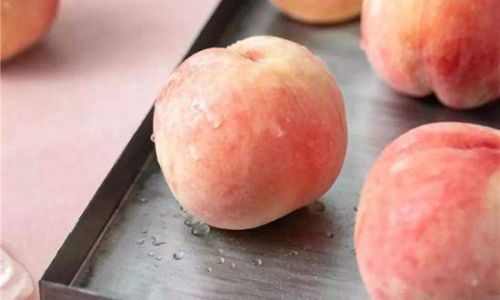
Safety and Hygiene: Pesticides and Washing Practices
Concerns about pesticide residues on peach skin are valid, as conventional peaches often rank high on the Environmental Working Group’s (EWG) “Dirty Dozen” list, which highlights produce with the highest pesticide loads. A 2020 USDA report found that 90% of conventional peaches tested positive for residues of at least one pesticide.
Washing Techniques
To mitigate risks, wash peaches thoroughly under cool running water, gently scrubbing the skin with a soft brush to dislodge contaminants. For extra reassurance, soak the fruit in a solution of one part vinegar to three parts water for five minutes, then rinse. This method reduces bacteria and pesticide residues without compromising the skin’s integrity.
Organic vs. Conventional
Choosing organic peaches minimizes pesticide exposure, as organic farming prohibits synthetic pesticides. However, organic peaches may still harbor natural pesticides or residues from neighboring conventional farms. Regardless of cultivation method, washing remains essential.
Culinary Versatility: When to Peel and When to Keep
The decision to peel a peach often hinges on its culinary application.
Recipes That Benefit from Unpeeled Peaches
- Grilling or Roasting: The skin prevents the flesh from drying out, while caramelization enhances flavor.
- Salads and Salsas: The skin adds visual appeal and texture.
- Jams and Preserves: The pectin in the skin aids gelling.
Recipes That Require Peeling
- Smoothies and Purées: The skin can create a gritty texture.
- Delicate Desserts: Cakes or tarts benefit from a smoother filling.
- Baby Food: Pediatricians often recommend peeling to reduce choking hazards.
Pro Tip: For recipes calling for peeled peaches, freeze the fruit whole first. The skin will slip off effortlessly once thawed.
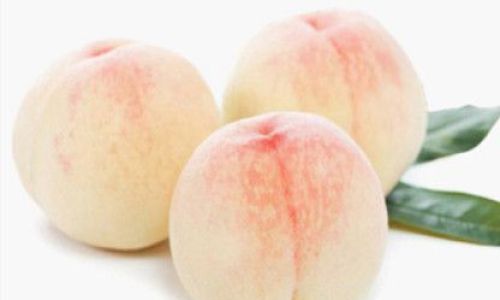
Environmental Impact: Waste Not, Want Not
Peeling peaches contributes to food waste, as discarded skin ends up in landfills, where it emits methane, a potent greenhouse gas. Composting peach skins is a sustainable alternative, but retaining the skin eliminates waste entirely.
The Carbon Footprint of Peeling
A 2018 study estimated that food waste accounts for 8% of global greenhouse gas emissions. By consuming peach skins, you reduce your environmental footprint while maximizing the fruit’s nutritional yield.
Allergies and Sensitivities: A Cautious Approach
While rare, some individuals may experience allergic reactions to peach skin. The protein Pru p 3, found in the fruit’s fuzz, is a common allergen linked to oral allergy syndrome (OAS). Symptoms include itching, swelling, or tingling in the mouth. If you suspect an allergy, consult an allergist and consider peeling peaches or avoiding them altogether.
Cultural Perspectives: From East to West
Cultural traditions also shape attitudes toward peach skin. In many Asian cuisines, peaches are consumed whole, skin and all, as the skin is believed to retain the fruit’s “qi” or life force. In contrast, Western recipes often call for peeling, reflecting historical preferences for smoother textures.
Folk Remedies and Symbolism
In Traditional Chinese Medicine, peach skin is used to treat coughs and promote detoxification. The fruit’s fuzzy exterior is even celebrated in art and literature as a metaphor for imperfection and authenticity.
Practical Tips for Peeling Peaches
For those who prefer peeled peaches, mastering the art of peeling can save time and frustration.
Blanching Method

- Score an “X” at the base of the peach.
- Submerge in boiling water for 30–60 seconds.
- Transfer to an ice bath.
- Slip off the skin with your fingers.
Knife Method
Use a paring knife to peel thin strips, working from the stem end downward. This method is ideal for firm peaches.
Freezing Method
Freeze peaches for 2–3 hours, then thaw under warm water. The skin will peel off effortlessly.
Conclusion: The Choice Is Yours
The debate over peeling peaches boils down to personal priorities. If nutrition, sustainability, and culinary tradition matter most, embrace the skin. If texture, allergies, or recipe requirements demand peeling, proceed with confidence. Ultimately, the perfect peach experience is one that aligns with your taste, health, and values. So the next time you bite into a peach, savor it mindfully—whether fuzzy or smooth, it’s a gift from nature worth celebrating.
Final Thought
Whether you’re a purist who relishes every bit of the skin or a pragmatist who peels without hesitation, remember that peaches, in all their forms, are a testament to the joy of seasonal eating. So peel or not to peel? The answer lies in your hands—and your heart.

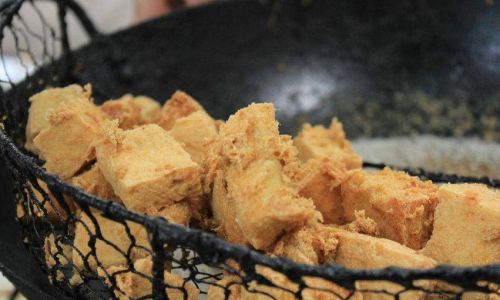
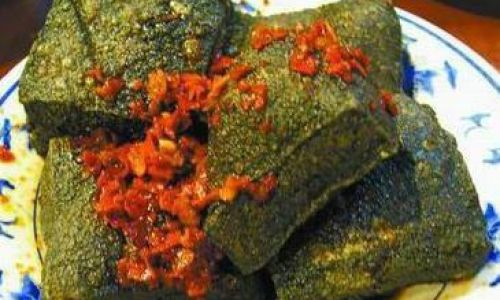
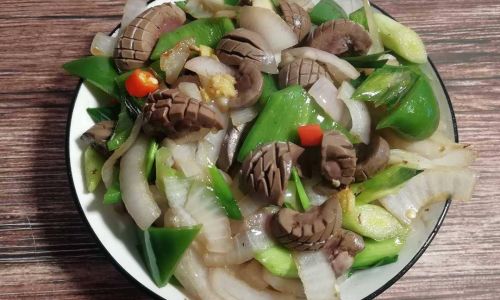


0 comments